Introduction
Glass has been an essential component of architectural design for centuries. However, traditional glass lacks the ability to adapt to changing environmental conditions. Electrochromic glass and thermochromic glass, on the other hand, have the unique ability to alter their properties in response to external stimuli, providing architects and building occupants with greater control over light transmission and thermal insulation.
Electrochromic Glass
How it works
Electrochromic glass, also known as smart glass or dynamic glass, is a type of glass that can change its tint or transparency in response to an electrical stimulus. It is composed of multiple layers, including a conductive coating, an electrochromic layer, and an ion storage layer. When a small electric voltage is applied, ions migrate between these layers, causing a change in the glass’s optical properties.
Benefits and applications
Electrochromic glass offers several benefits. Firstly, it allows for dynamic control over the amount of light and heat entering a building, enhancing energy efficiency and reducing reliance on artificial lighting and cooling systems. Additionally, it provides privacy on demand, as the glass can switch from transparent to opaque with a simple switch or automated control. This feature is particularly useful in office spaces, conference rooms, and residential settings where privacy is desired.
The applications of electrochromic glass are vast. It is commonly used in commercial buildings, hotels, hospitals, and residential constructions. It can be integrated into windows, skylights, partitions, and facades, offering architects and designers greater flexibility in creating sustainable and visually appealing spaces.
Limitations and considerations
While electrochromic glass offers numerous advantages, it also has some limitations. The switching speed of the glass can be relatively slow, depending on the size and complexity of the installation. This slower response time might not be suitable for certain applications where rapid tinting or transparency changes are required. Additionally, the cost of electrochromic glass is higher compared to traditional glass, making it a more expensive option for some projects.
Thermochromic Glass
How it works
Thermochromic glass is another type of smart glass that changes its tint based on temperature fluctuations. It contains materials that undergo a reversible change in colour or opacity when exposed to heat. When the glass reaches a certain temperature, the material embedded within it undergoes a phase transition, altering its optical properties and changing the glass’s appearance.
Benefits and applications
Thermochromic glass offers unique benefits, particularly in terms of its energy-saving capabilities. By adapting its tint based on temperature, it can help regulate solar heat gain, reducing the need for air conditioning and optimising energy consumption. In architectural applications, thermochromic glass is often used in windows, skylights, and curtain walls to improve thermal performance while maintaining natural light and views.
Furthermore, thermochromic glass can provide aesthetic value by creating visually interesting and dynamic façades. It can add an element of novelty and uniqueness to buildings, making them stand out in architectural design.
Limitations and considerations
One of the main limitations of thermochromic glass is its relatively limited range of temperature responsiveness. The glass typically changes its tint within a specific temperature range, and extreme temperature conditions may affect its performance. Moreover, the colour changes in thermochromic glass are irreversible, meaning the glass may not return to its original state once exposed to a specific temperature.
Comparison between Electrochromic Glass and Thermochromic Glass
Now that we have explored the characteristics of electrochromic glass and thermochromic glass individually, let’s compare them based on key factors:
Energy efficiency: Both types of glass contribute to energy efficiency by controlling heat gain and optimising natural light. However, electrochromic glass offers more flexibility in terms of adjustable transparency, allowing precise control over the amount of light entering a space.
Optical properties: Electrochromic glass provides a wider range of tinting options, offering greater customisation and adaptability. Thermochromic glass, on the other hand, changes its tint based solely on temperature, without the ability to control transparency.
Cost: Electrochromic glass tends to be more expensive compared to thermochromic glass due to its more complex manufacturing process and advanced control systems. The cost factor should be considered when choosing the appropriate glass for a specific project.
Maintenance and durability: Both types of glass require minimal maintenance. However, electrochromic glass systems may have more components, such as wiring and control systems, which may require occasional maintenance or repairs. Thermochromic glass, being a simpler technology, may have fewer components and, therefore, be easier to maintain.
In conclusion, electrochromic glass and thermochromic glass are two remarkable technologies that offer unique properties and benefits in the field of architectural glass. While electrochromic glass provides more control and customisation options, thermochromic glass excels in energy efficiency and visual appeal. The choice between the two ultimately depends on the specific requirements and priorities of a project.
Who We Are
Tecdur is the leading manufacturer of smart glass for the UK and Ireland. Tecdur Switchable Glass provides the best clarity, lowest power consumption and lowest haze currently available. We can offer a wide range of specifications to meet project requirements with our switchable glass, cost is dependent on specification, application and design. Please get in contact with us to discuss further.
Please visit our portfolio for a look at completed projects. Keep up to date on our LinkedIn Showcase page


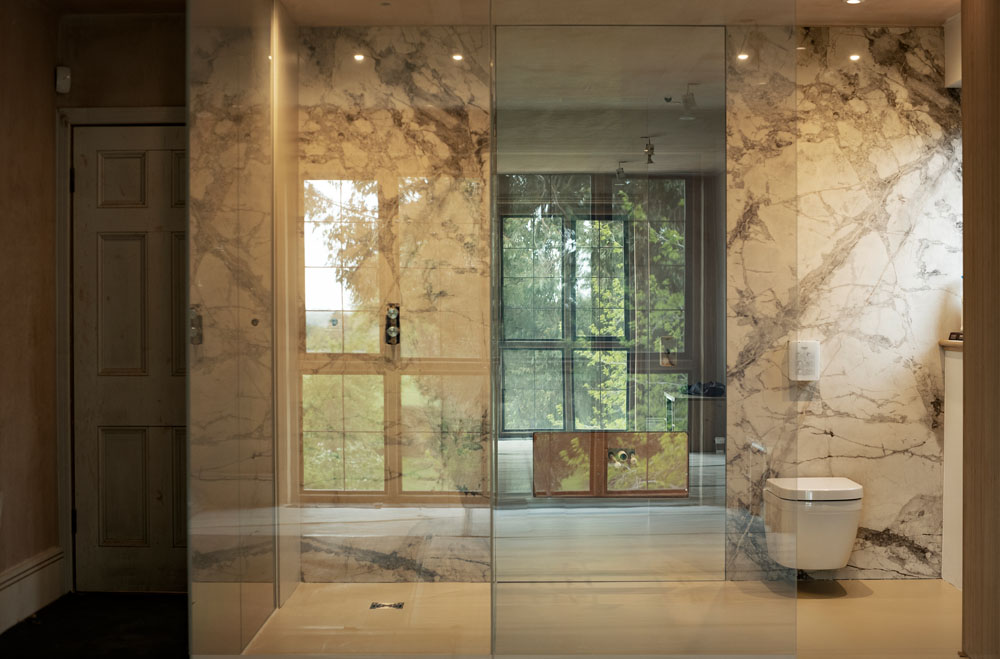
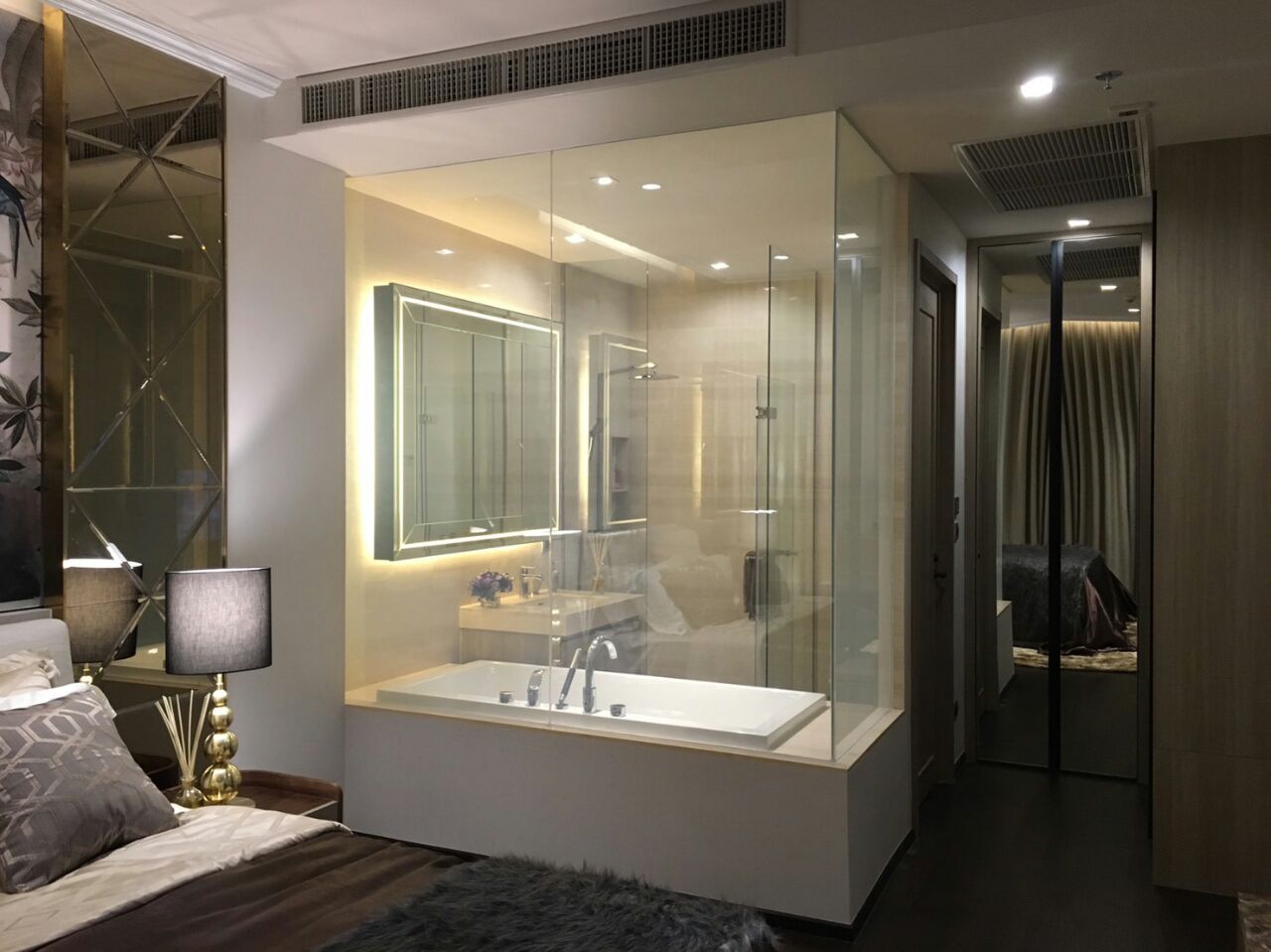
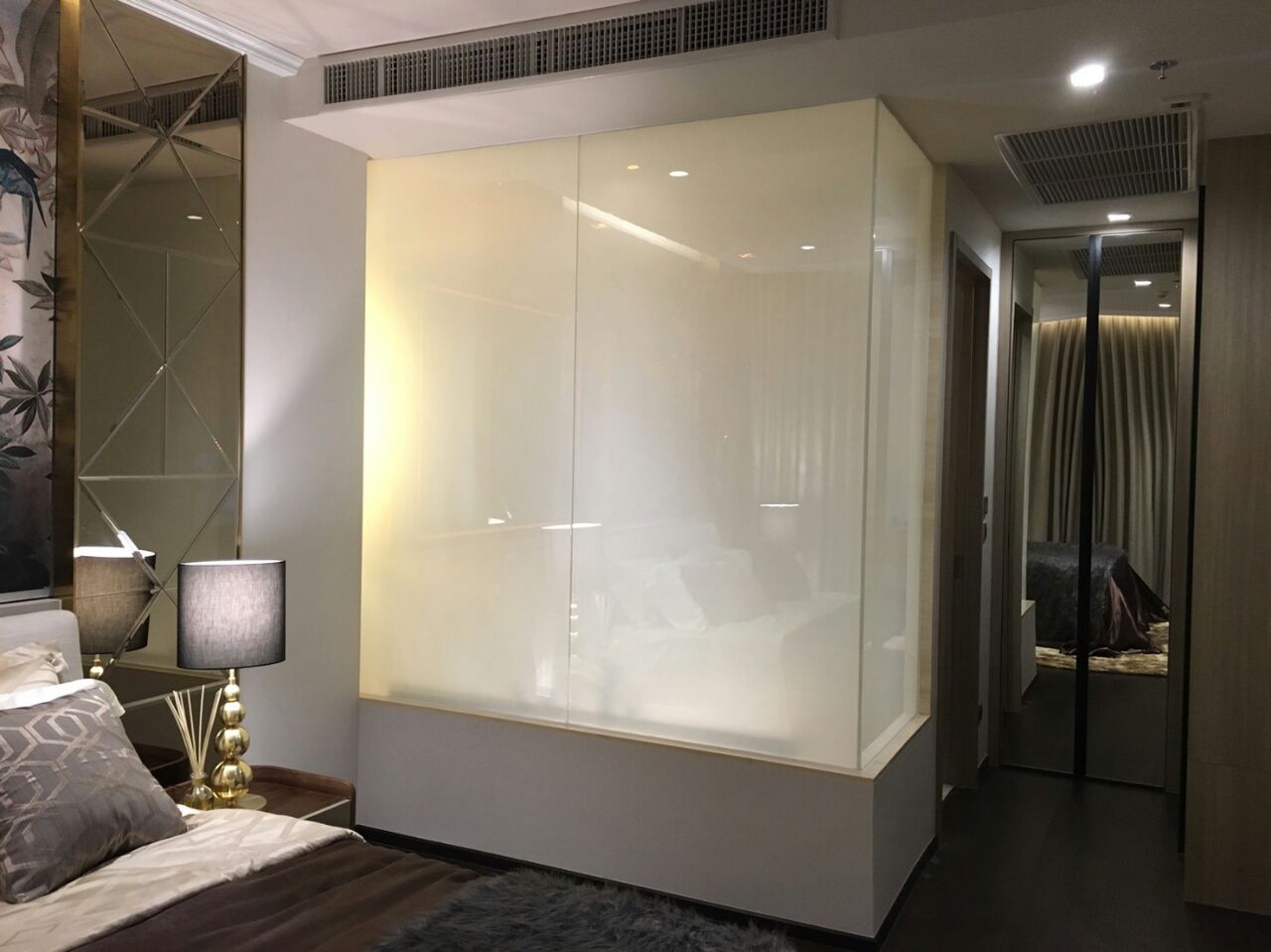
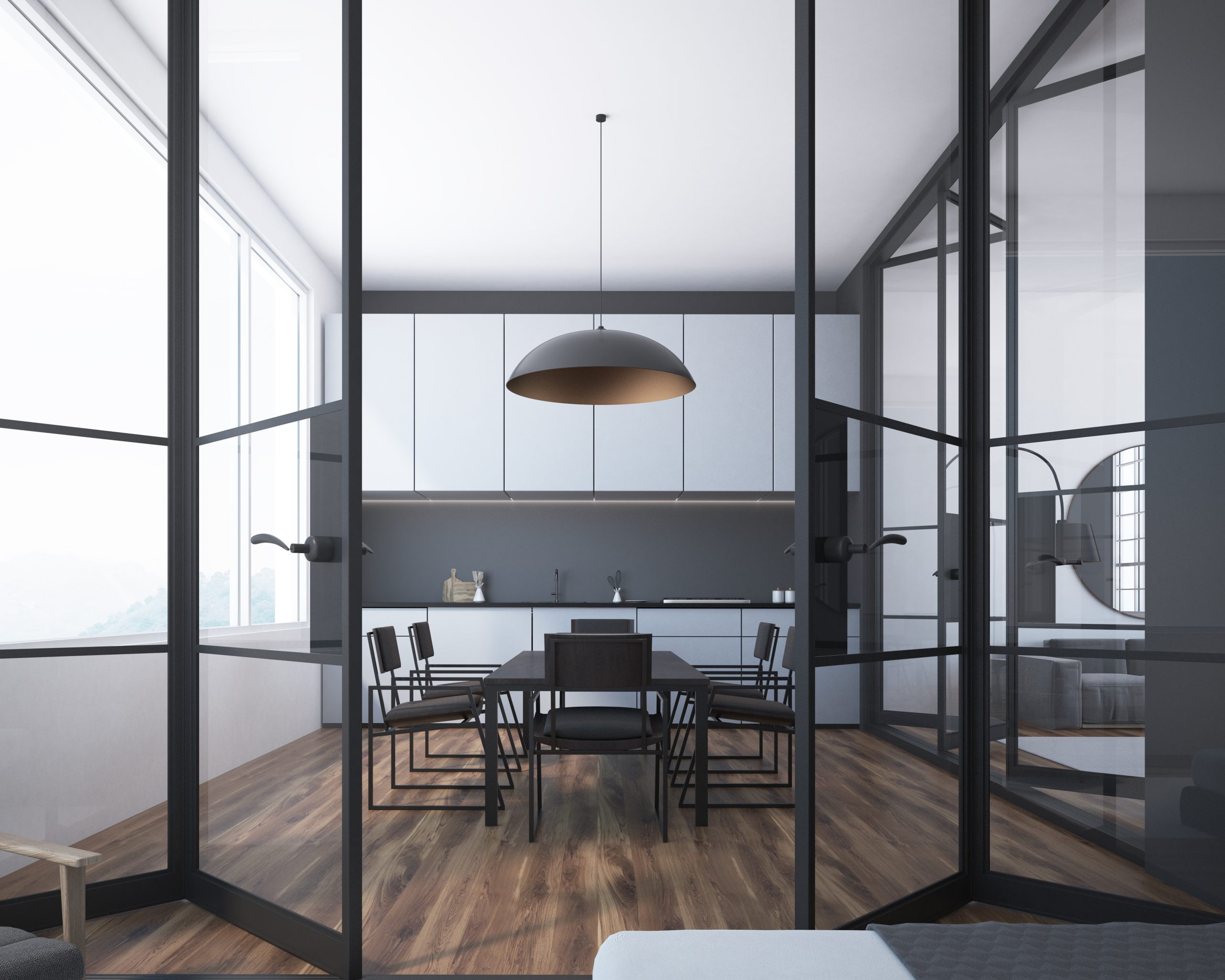
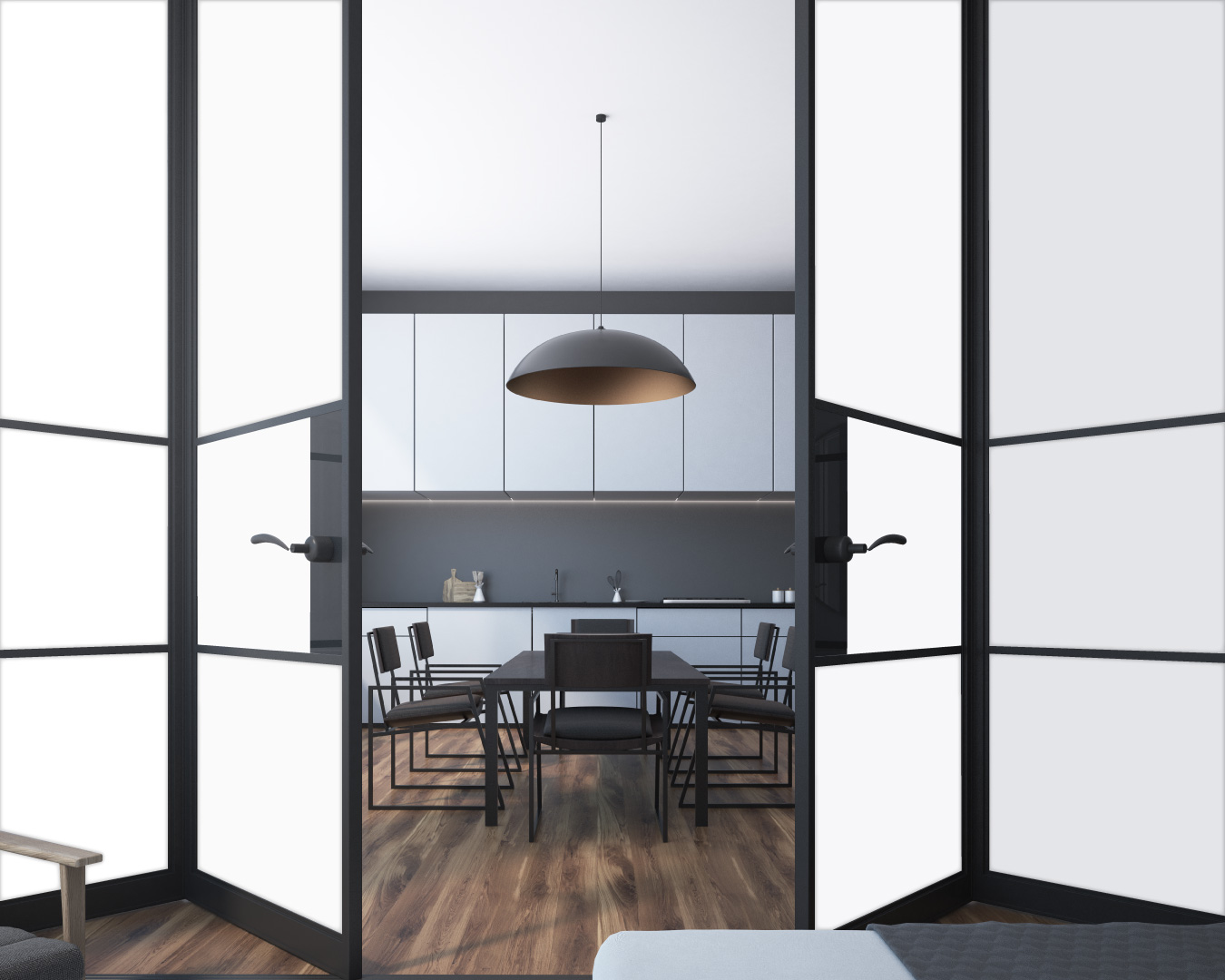
Frequently asked Questions
Our privacy glass works by utilising advanced PDLC (Polymer Dispersed Liquid Crystal) film. When an electrical current is applied, the liquid crystal molecules align, allowing light to pass through, making the glass transparent. When the current is switched off, the molecules mis-align, causing the glass to turn opaque or translucent, providing privacy.
Yes, electrochromic glass is commonly used in residential constructions, providing privacy and energy-saving benefits.
No, thermochromic glass changes its tint solely based on temperature fluctuations and does not require an electrical stimulus.
Yes, electrochromic glass can be retrofitted into existing windows, allowing for an upgrade to smart glass technology.
Thermochromic glass performs best within a specific temperature range and may not be suitable for extreme temperature environments.
Both types of glass have a long lifespan, similar to that of traditional glass, and can last for decades with proper care and maintenance.



